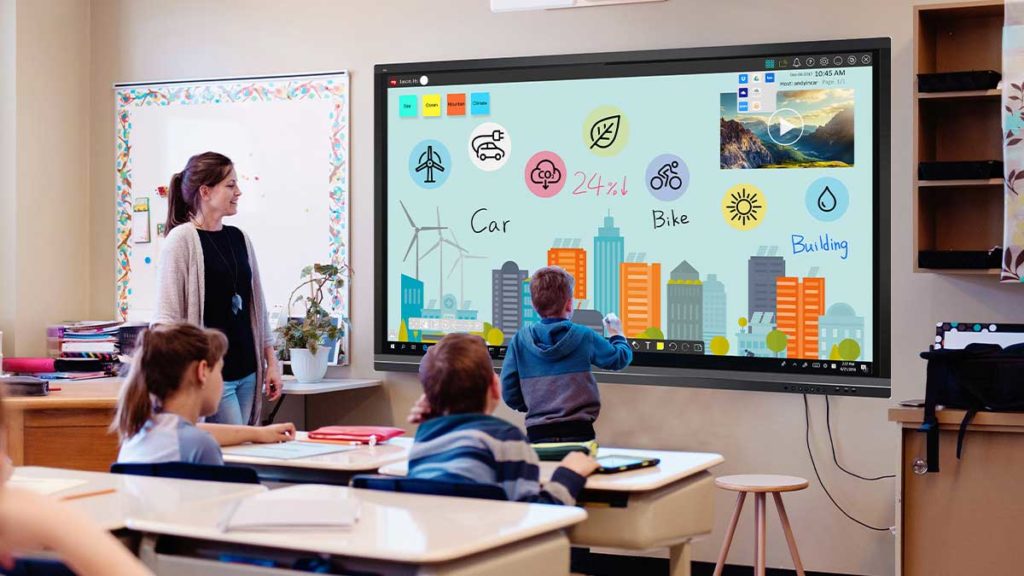What kind of interaction would the video require from your students? Does it force them to respond in some way?
I think that this video is a great example of user-generated interaction, where the students are encouraged to independently reflect on the material that is being delivered (Bates, 2019). A main goal of teaching race to young students is to allow for personal interpretation and encourage them to think about their family and their own characteristics, in comparison to those around them. Although this video is not inherently interactive, because it does not force learners to complete stages of learning before allowing them access to further information, I think that using a Sesame Street video encourages interaction from students because it adds an aspect of fun and familiarity. Most students grades K-3 have likely watched Sesame Street or seen Elmo before, allowing them to feel interested and comfortable with the delivery of the information.
In what way are they likely to respond to the video on their own (learner-generated)?
I think the learner generated response that this will promote is students beginning to consciously acknowledge their own, and others’ features, and what looking different actually means. Although it is known that children become aware at a young age that people look different from each other, the conversation where Wes’s dad Elijah explains melanin to Elmo, will allow students to think “this is the color of my skin, eyes and hair and this is the color of my parents my parents”. This will promote many questions, and the acknowledgement of why their classmates may look different than them.
How could the video have been designed to generate more or better activity from viewers or students?
To generate more activity and measurable interaction from students, I think this video could have added the Sesame Street characters talking to the students, where the video would ask a question to the viewers, such as “Elmo’s fur is red and Wes’s skin is brown. What color is your skin?” This could be helpful in guiding students’ thinking, while still allowing user-generated interaction and use of their own experiences. Some technology also requires the intervention of the teacher to assess learning and promote interaction (Bates, 2019), so the teacher could also make pauses throughout this video and ask the class questions, since the video does not explicitly do it.
How will you address any potential barriers for your learners in the use of this video to ensure an inclusive design?
In order to address learning barriers, I think that it is important to first understand what students already know about the topic, and what they struggle with, and then to build off of that. A potential barrier is that since the interaction is learner generated, it is difficult to assess the level of interaction from students, and the struggles some students may experience in understanding the material. I think that adding the aspect of pausing the video and the teacher asking the class questions, or doing exercises will ensure an inclusive design. This allows for the teacher to assess the students’ understanding, address their struggles and then provide guidance and feedback, while including the possible barriers of all students.
References
Bates, A. W. (T. (2019, October 10). 9.6 interaction. Teaching in a Digital Age Second Edition. Retrieved March 2, 2023, from https://pressbooks.bccampus.ca/teachinginadigitalagev2/chapter/pedagogical-roles-for-text-audio-and-video/
Explaining Race. (2021). Sesame Street In Communities. YouTube. Retrieved March 9, 2023, from https://www.youtube.com/watch?v=Dk_HYAiS26I.

Recent Comments